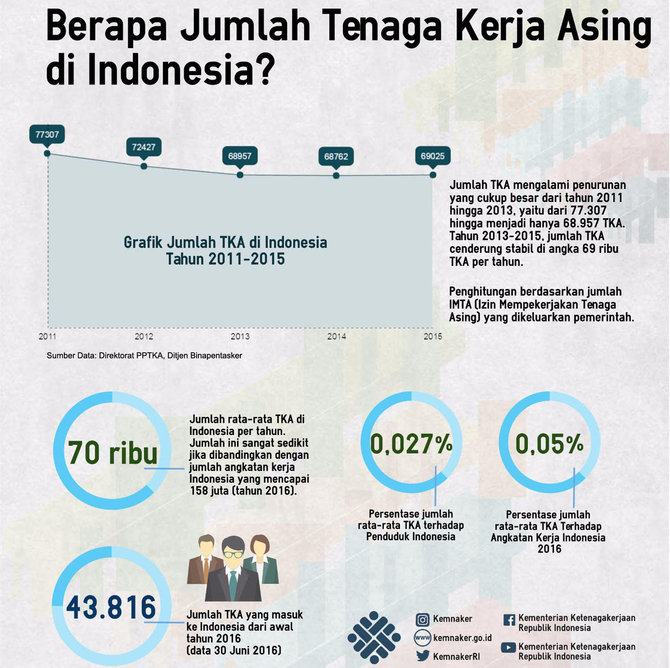
Software Data Penduduk Berdasarkan
› Aplikasi Penduduk Desa Software, database, penduduk, desa Software data penduduk (Population 2.0.17) untuk tingkat Desa/Kel tanpa RT/RW APA SAJA FITUR APLIKASI POPULATION 2.0.17 (Tingkat Desa/Kel tanpa RT/RW)? Input Data Penduduk (Form Data utama) 2.
Dalam software development karena. Mencatat data penduduk, Ketua RW menyerahkan data. B Sidoarjo adalah kantor yang berdiri berdasarkan Keputusan Direktur Jenderal Bea dan Cukai Nomor: KEP.
Input Data Mutasi Penduduk 3. Surat Pengantar (termasuk logo) 4. Input Data Warga Miskin & cetak 5. Input foto penduduk (jika diperlukan) 6. Backup database 7.
Restore database 8. Print & Preview Report 9. Print & Preview Data Statistik 10. Export (Download) database ke excel 11. Import tabel excel ke dalam aplikasi 12.
Setting Konfigurasi user ID, dll 13. Deteksi usia wajib KTP 14. Dapat mengetahui jumlah usia Data Pemilih Sementara (DPS) 15. Data statistik 16. Surat Pengantar dapat dikonversi ke Ms.
Word, sehingga lebih mudah dalam edit dan disesuaikan sendiri settingan layout-nya (karena tiap daerah berbeda layout dalam hal Surat Pengantar) 17. Data statistik dapat dikonversi dalam bentuk Ms.
Word dan tentunya dapat disimpan dan dicetak 18. Data ini berdasarkan hasil laporan dari Divisi Kependudukan Perserikatan Bangsa-Bangsa tentang prospek penduduk dunia yang memperkirakan jumlah penduduk dunia.  Ganti usia (tiap ganti tahun) dapat diketahui secara otomatis dengan tombol Reload 19. Aplikasi dapat digunakan lebih dari 1 komputer, tanpa batas waktu & batas input data dikirim oleh: unisoft population. While it may seem like half the world is chasing Pokemon right now, the other half is not even on the Internet.
Ganti usia (tiap ganti tahun) dapat diketahui secara otomatis dengan tombol Reload 19. Aplikasi dapat digunakan lebih dari 1 komputer, tanpa batas waktu & batas input data dikirim oleh: unisoft population. While it may seem like half the world is chasing Pokemon right now, the other half is not even on the Internet.
About 3.9 billion people, or 53 percent of the population, will still be offline at the end of this year, the International Telecommunication Union estimates. Even in Europe, the most connected region, 20.9 percent of all people aren’t online. In Africa, the least connected continent, 74.9 percent are offline. Those figures are part of the annual from the agency, which is part of the United Nations. The report also showed there’s still a huge divide between rich and poor countries, and a growing gap between men and women, when it comes to internet access. It shows that efforts by companies like and to get all people connected could take a long time.
While more than four out of five people in developed countries use the internet, just over 40 percent of those in developing countries have access. In the ITU’s “least developed countries” -- places like Haiti, Yemen, Myanmar and Ethiopia -- just 15.2 percent of the people are online. ITU A map from the International Telecommunication Union shows what percentage of each country's population will not be on the internet at the end of 2016, based on ITU forecasts. Also, fewer women than men are on the internet, and that difference is getting worse.
The worldwide difference between internet user penetration for males and females is 12.2 percent, up from 11.0 percent in 2013, the ITU says. It’s shrunk significantly in developed countries, from 5.8 percent to just 2.8 percent, but grown in poorer places. Cost makes it harder to get online in some countries.
The ITU says entry-level internet access has become affordable in many developing countries since 2011 but remains unaffordable in most of the poorest countries. By the ITU’s definition, that means internet service costs more than 5 percent of average monthly income. Mobile is the most common form of broadband access and is growing at double-digit rates in developing countries, hitting nearly 41 percent of the population this year while topping 90 percent in developed countries. Despite its potential, IoT isn’t a big part of the Internet picture yet in most places. Mobile-cellular subscriptions for people still dwarf M2M (machine-to-machine) connections by 22 to one worldwide, though in some countries M2M is gaining ground.